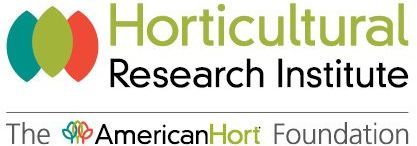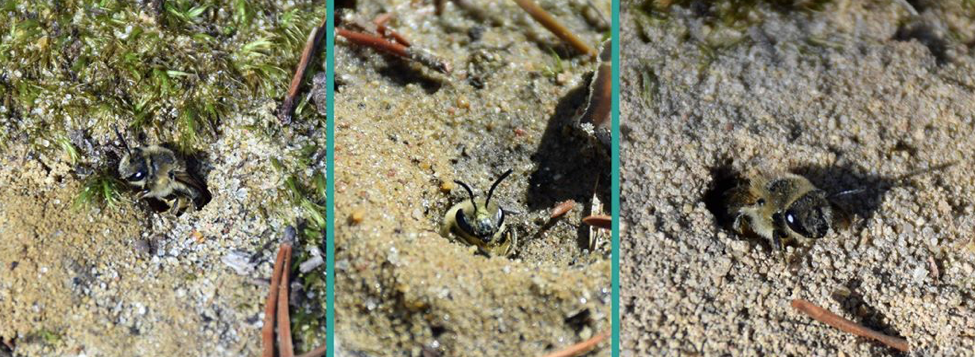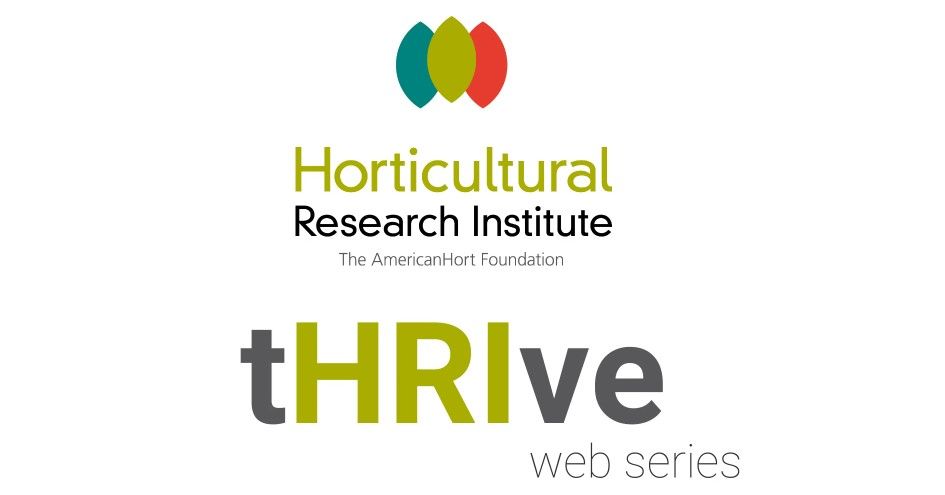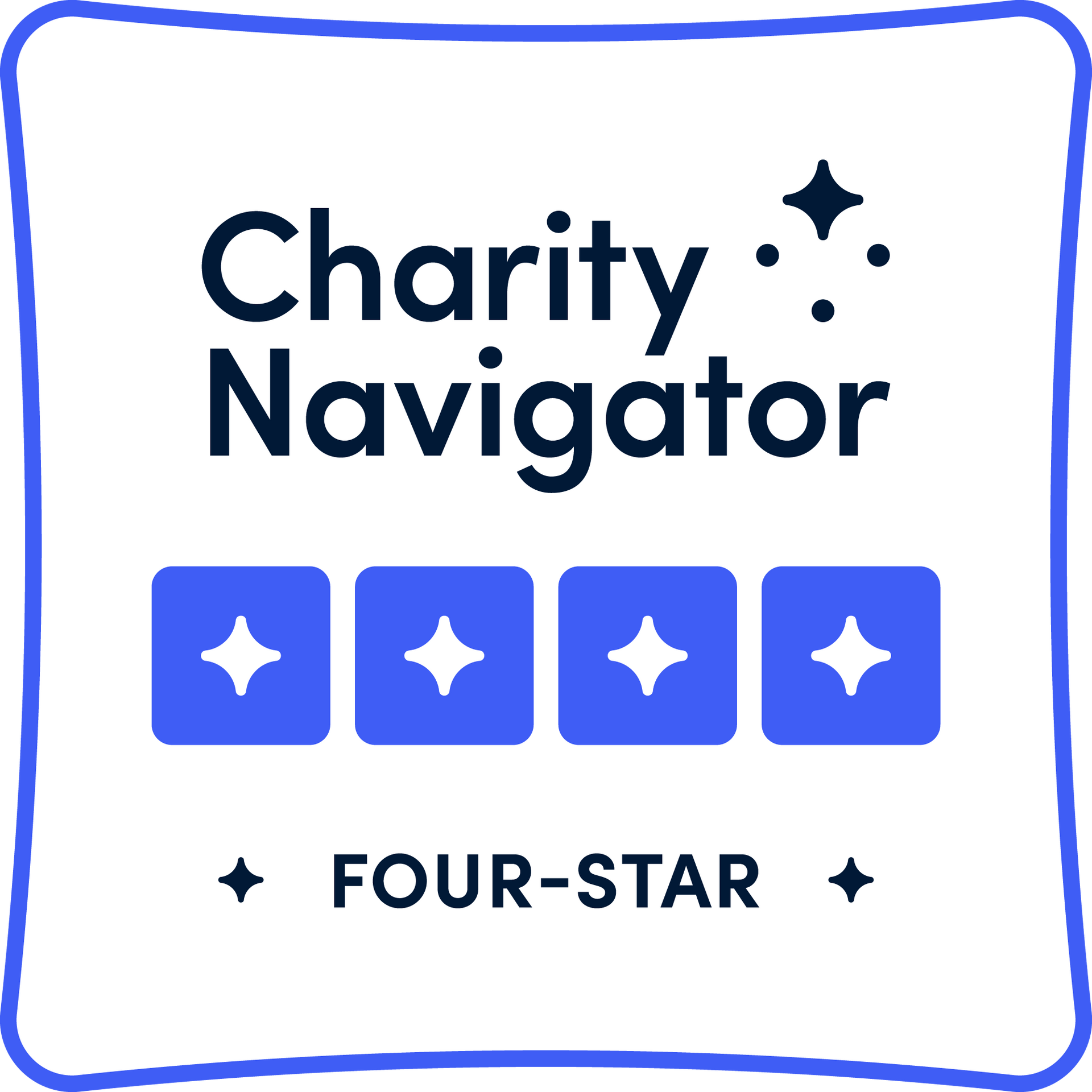Ground Nesting Bees are Afoot!
Spring has finally arrived – and not a minute too soon! I know this because the ground nesting bees are afoot.
Being a horticulturist and in the green industry, it is with some shame that I admit that my lawn is nowhere near worthy of being featured in Sunset or Southern Living magazine. Not even close. There is no turf to speak of – just a healthy stand of crab grass interspersed with winter weeds, like chickweed, bedstraw, and henbit. In the spring, most of the exposed soil areas of my lawn are dotted with holes, about ¼” diameter, caused by these native bees.
Ground nesting bees, or mining bees, are really cool and really great springtime pollinators. They are most visible in the spring, when females are busy digging burrows to rear their larvae and males are flying about in a mating display. They are solitary bees, meaning only one female uses one burrow, but they congregate en masse. Hundreds or even thousands of little nests can be found in the same area. The population in my neighbor’s yard is particularly impressive; their yard looks like a veritable pegboard. It’s awesome!
Ground nesting bees prefer sites with exposed soil that is well drained and has a southern exposure; my so-called lawn fits the bill perfectly. So do many golf courses, especially sand traps and bunkers. Unfortunately, most golfers are fearful of ground nesting bees and/or consider them a nuisance, prompting unnecessary control measures. These bees are not aggressive and will only sting if they are handled. Males lack the ability to sting altogether.
All of this reminds me of the meeting I attended a few weeks ago, the annual research meeting of Penn State’s Center for Pollinator Research (CPR). As always, the meeting was excellent. This year was a bit different in that the pollinator research team from Cornell University also presented research updates. This made for a jam-packed meeting full of good information!
A number of researchers are still focused on the various factors impacting bee health, such as environment, nutrition, pesticides, and pathogens and pests of bees. For example, Dr. Christina Grozinger from CPR is leading some innovative research into what makes pollen high quality (the answer: protein content) and how bees judge pollen quality. How cool is that!
In our world of environmental horticulture, researchers have concentrated on determining plant attractiveness, since many landscape plants have been intentionally bred to be sterile. After a few years of study, results are showing that cultivars of the same genus can vary greatly in bee attractiveness. For example, varieties of Echinacea purpurea can range from low to high attractiveness. Also, the same plant may be more attractive in some settings than others, depending on the landscape (urban vs rural or even surrounding plants). In short, it’s complicated (typical biology, never an easy answer!). Hopefully the continuing research will give us a better understanding.
In the meantime, I’m going to continue doing my part, which is to say I will no longer refer to my lawn as ‘sad’ and instead proclaim it as native bee habitat!
Dr. Jill Calabro
HRI & AmericanHort
Research & Science Programs Director
Share This Post







